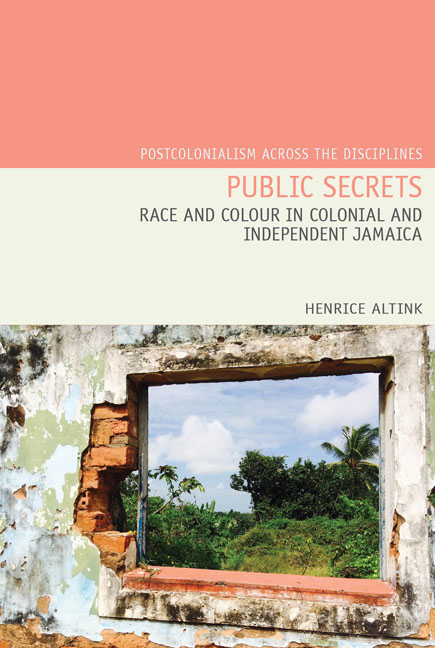Book contents
2 - ‘Equality of Opportunity for All Children’
Summary
Jamaican politicians embraced the principle of ‘equality of opportunity’ in education, especially after 1944. Yet access to high-quality education, ranging from private preparatory schools and elite secondary schools to university, was marked by race and colour in pre- and post-independence Jamaica. This chapter explores not only the various and complex ways in which race and colour affected access to high-quality education but also how race and colour shaped the experiences of Jamaican school children and students, including the curriculum and staff-student and peer relations, which in turn affected their ability to succeed in education.
As an elite secondary school education more than anything determined social mobility in pre- and post-independence Jamaica because it gave access to white-collar jobs, this chapter is largely concerned to determine the extent to which there was ‘equality of access’ to elite secondary schools and assess how race and colour affected those students who gained access. But as in the years leading up to and especially following independence tertiary education also became an important means of social mobility, the following also assesses how easy it was for poor and predominantly dark-skinned children to move all the way from primary to tertiary education.
This is not to say that primary education was free from discrimination. In fact, staff-student relations in primary schools were shaped by race and colour and this chapter will argue that this significantly affected the chances of dark-skinned students gaining access to elite secondary schools. The focus in this chapter, however, is on access to and the experiences of children in elite secondary schools as these factors offered the best chances of social mobility and as such were producing much of the racial inequality in colonial and independent Jamaica. Studies on other parts of the Americas have shown that education – the type and amount received – is one of the main means by which class inequalities are reproduced and which in turn reproduce racial inequalities. For example, after the revolution, the Cuban government eliminated the exclusive private schools of the republican era. Up until at least junior high, Cubans of different backgrounds received the same type of instruction. As a result, African-Cubans were able to enter professional occupations that had previously been racially exclusive.
- Type
- Chapter
- Information
- Public SecretsRace and Colour in Colonial and Independent Jamaica, pp. 66 - 114Publisher: Liverpool University PressPrint publication year: 2019



